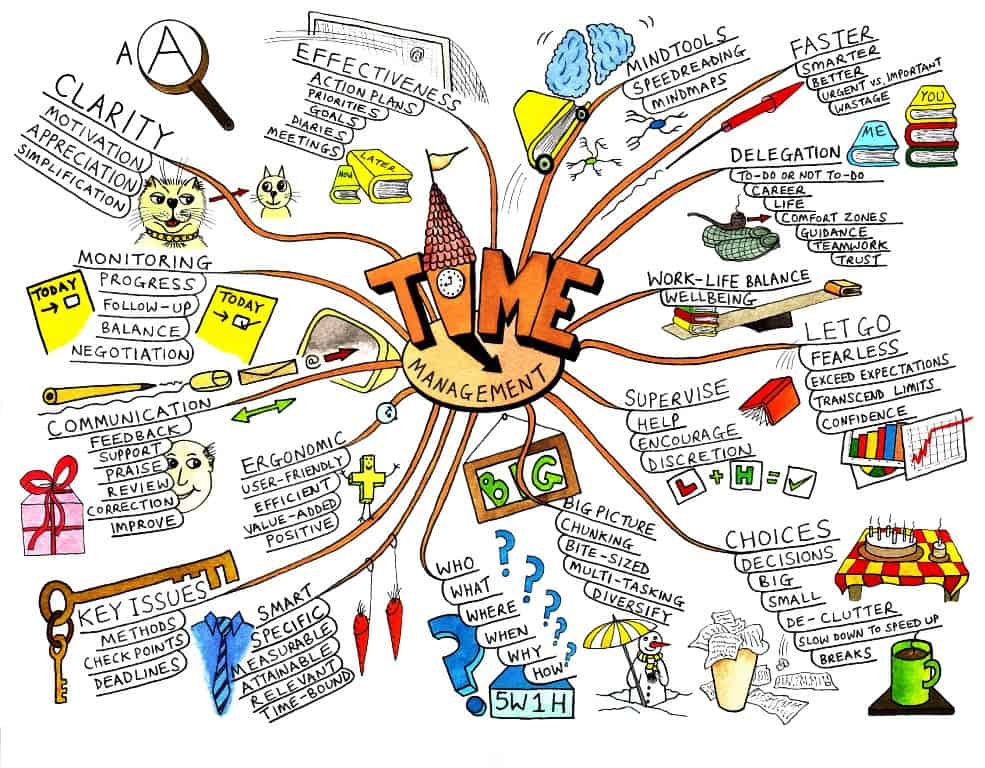Mind Maps: A Powerful Tool for Students in 2025 and Beyond
Related Articles: Mind Maps: A Powerful Tool for Students in 2025 and Beyond
- Cheap And Easy Dinner Ideas For 5 In 2025: Nourishing Your Family On A Budget
- Easy Dinner Ideas For Two In 2025: Delightful And Effortless Meals
- Free Clip Art Ideas For 2025: Unleash Your Creativity
- Give Me Ideas For Chicken Dinner Recipes 2025
- Candy Bar Poster Ideas For 2025: A Sweet Treat For Your Event
Introduction
With great pleasure, we will explore the intriguing topic related to Mind Maps: A Powerful Tool for Students in 2025 and Beyond. Let’s weave interesting information and offer fresh perspectives to the readers.
Table of Content
- 1 Related Articles: Mind Maps: A Powerful Tool for Students in 2025 and Beyond
- 2 Introduction
- 3 Video about Mind Maps: A Powerful Tool for Students in 2025 and Beyond
- 4 Mind Maps: A Powerful Tool for Students in 2025 and Beyond
- 4.1 What is Mind Mapping?
- 4.2 Benefits of Mind Mapping for Students
- 4.3 Mind Map Ideas for Students in 2025
- 4.4 Conclusion
- 5 Closure
Video about Mind Maps: A Powerful Tool for Students in 2025 and Beyond
Mind Maps: A Powerful Tool for Students in 2025 and Beyond

In the rapidly evolving educational landscape of 2025, students face a plethora of challenges and opportunities. As the world becomes increasingly interconnected and information-rich, the ability to effectively process, organize, and retain knowledge has become paramount. Mind mapping, a visual thinking technique, has emerged as a powerful tool that can empower students to excel in their academic pursuits and beyond.
What is Mind Mapping?
Mind mapping is a non-linear, graphical representation of ideas and concepts. It involves creating a central node, which represents the main topic or idea, and then branching out with related subtopics and details. By connecting these nodes with lines and arrows, students can create a visual representation of their thoughts and knowledge.
Benefits of Mind Mapping for Students
Mind mapping offers numerous benefits for students, including:
- Enhanced Comprehension: By creating a visual representation of ideas, students can better understand the relationships between different concepts and how they fit into the bigger picture.
- Improved Memory: The act of creating and reviewing mind maps helps to strengthen neural connections in the brain, leading to improved memory retention and recall.
- Increased Creativity: Mind maps encourage students to think laterally and explore new ideas. The visual nature of mind maps allows them to connect concepts that might not have been apparent otherwise.
- Effective Note-Taking: Mind maps can be used as an effective way to take notes during lectures or while reading. They provide a structured and organized way to capture key ideas and details.
- Problem-Solving: Mind maps can be used to break down complex problems into smaller, more manageable chunks. This can help students identify potential solutions and develop strategies for solving them.
Mind Map Ideas for Students in 2025
As students navigate the challenges and opportunities of 2025, mind maps can be used in a variety of ways to support their learning:
1. Concept Mapping: Create mind maps to visualize complex concepts and ideas. This is particularly useful in subjects such as science, history, and literature.
2. Note-Taking: Use mind maps to capture key points and details during lectures or while reading. This can help students stay organized and retain information more effectively.
3. Essay Planning: Mind maps can be used to plan and structure essays. By brainstorming ideas and organizing them visually, students can ensure a logical flow and coherence in their writing.
4. Project Management: Mind maps can be used to manage projects, track progress, and identify potential roadblocks. This can help students stay organized and achieve their goals more efficiently.
5. Brainstorming: Mind maps are a great way to brainstorm new ideas and solutions. By connecting different concepts and exploring multiple perspectives, students can generate innovative and creative solutions.
6. Revision and Recall: Mind maps can be used to review and recall information before exams or presentations. By visualizing the relationships between ideas, students can quickly refresh their memory and improve their performance.
7. Personal Development: Mind maps can be used to set goals, track progress, and identify areas for improvement. This can help students develop self-awareness and take ownership of their learning.
Conclusion
In the dynamic and demanding educational landscape of 2025, mind mapping has emerged as an essential tool for students. By providing a visual representation of ideas, mind maps enhance comprehension, improve memory, foster creativity, and support effective learning. As students navigate the challenges and opportunities of the future, mind mapping will continue to play a vital role in their academic success and personal development.
![[IMGSRCTITLE2]](https://www.mindmeister.com/blog/wp-content/uploads/MindMapping_mindmap_handdrawn.png)
![[IMGSRCTITLE3]](https://www.mindmeister.com/blog/wp-content/uploads/2014/09/Mind-Mapping-in-College.png)
![[IMGSRCTITLE4]](https://i0.wp.com/therightquestions.co/wp-content/uploads/2013/01/How-to-draw-a-MindMap.jpg)
![[IMGTITLE5]](https://www.mindomo.com/blog/wp-content/uploads/2023/01/mind-map-examples-for-students.png)
![[IMGTITLE6]](https://cacoo.com/wp-app/uploads/2021/07/conept-mind-mapping.png)
![[IMGTITLE7]](http://www.jameslclark.com/cms/wp-content/uploads/2016/07/unnamed.png)
![[IMGTITLE8]](http://www.dannyker.com/mindmaps/How_To_Study_Mind_Map.jpg)
![[IMGTITLE9]](https://www.assignmenthelp.net/blog/wp-content/uploads/2017/03/4688416205_385f417340_o.jpg)
Closure
Thus, we hope this article has provided valuable insights into Mind Maps: A Powerful Tool for Students in 2025 and Beyond. We hope you find this article informative and beneficial. See you in our next article!